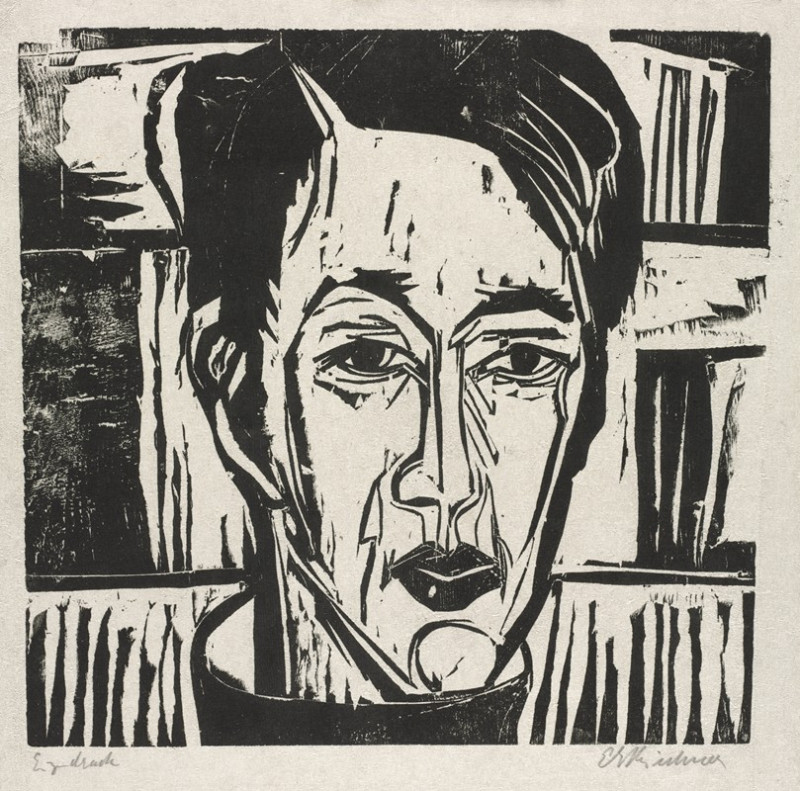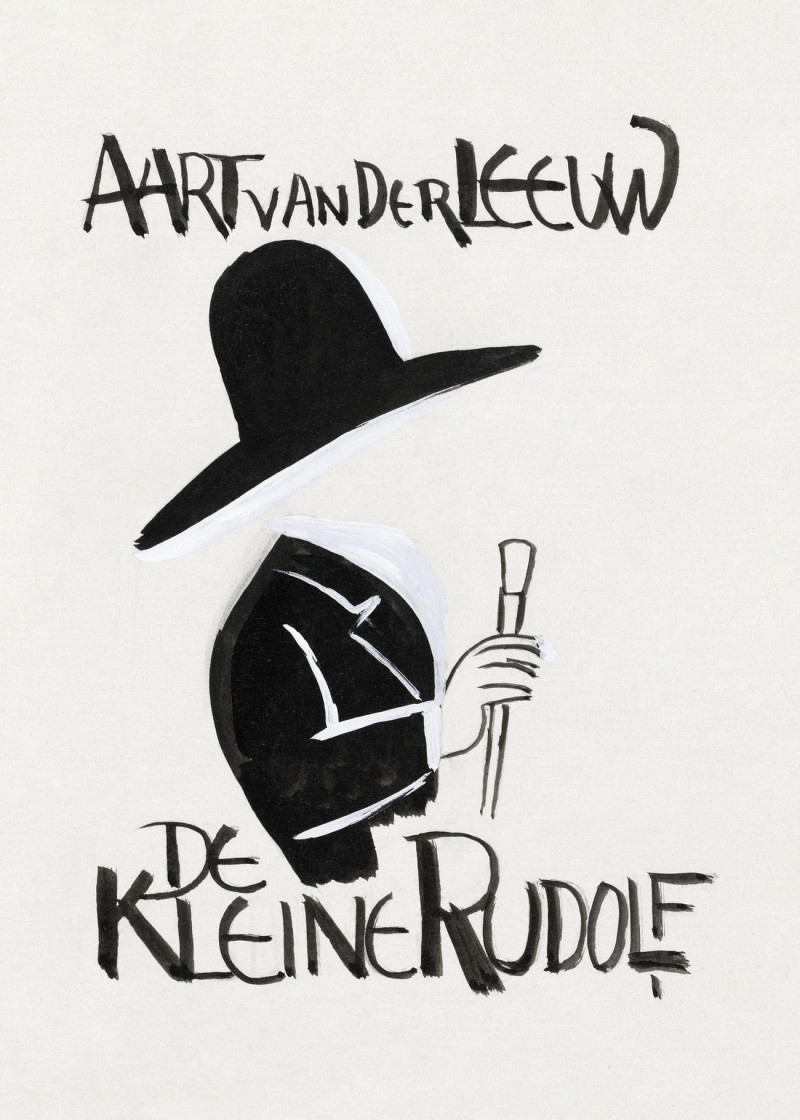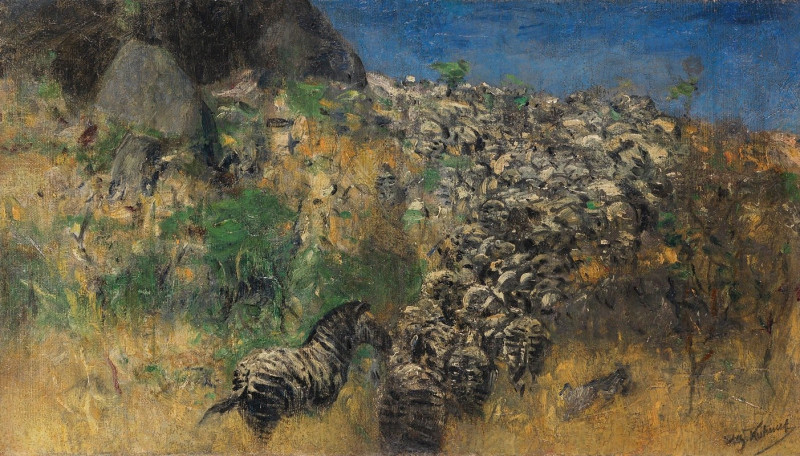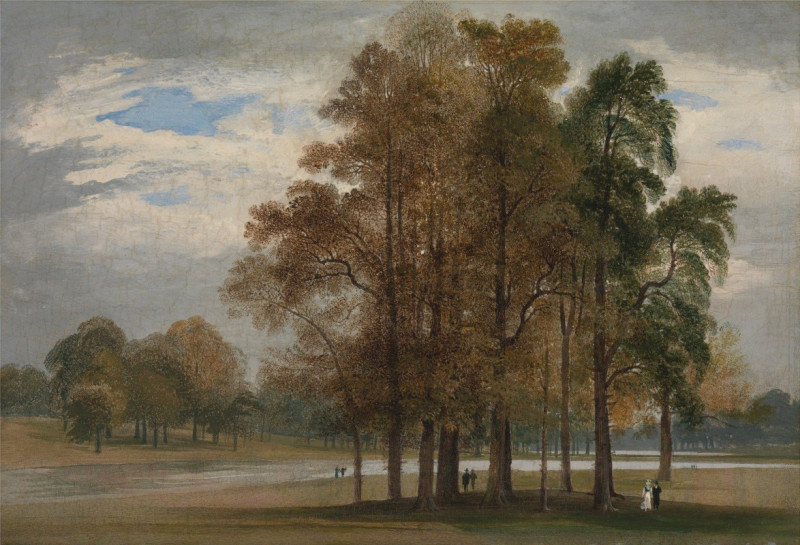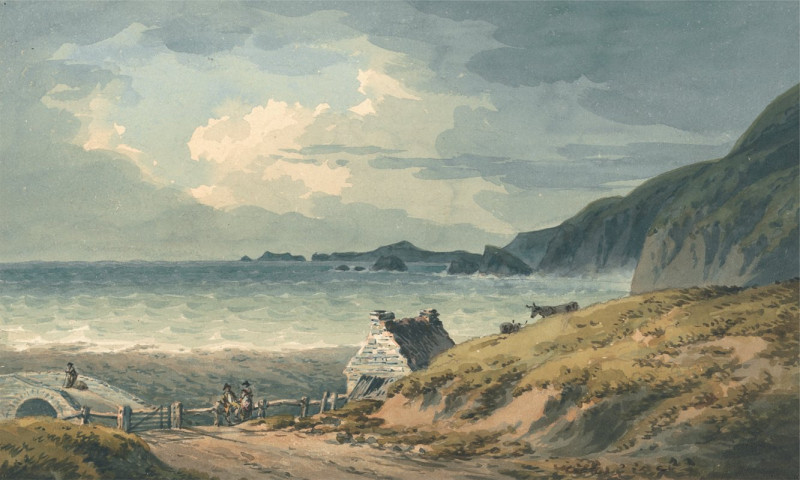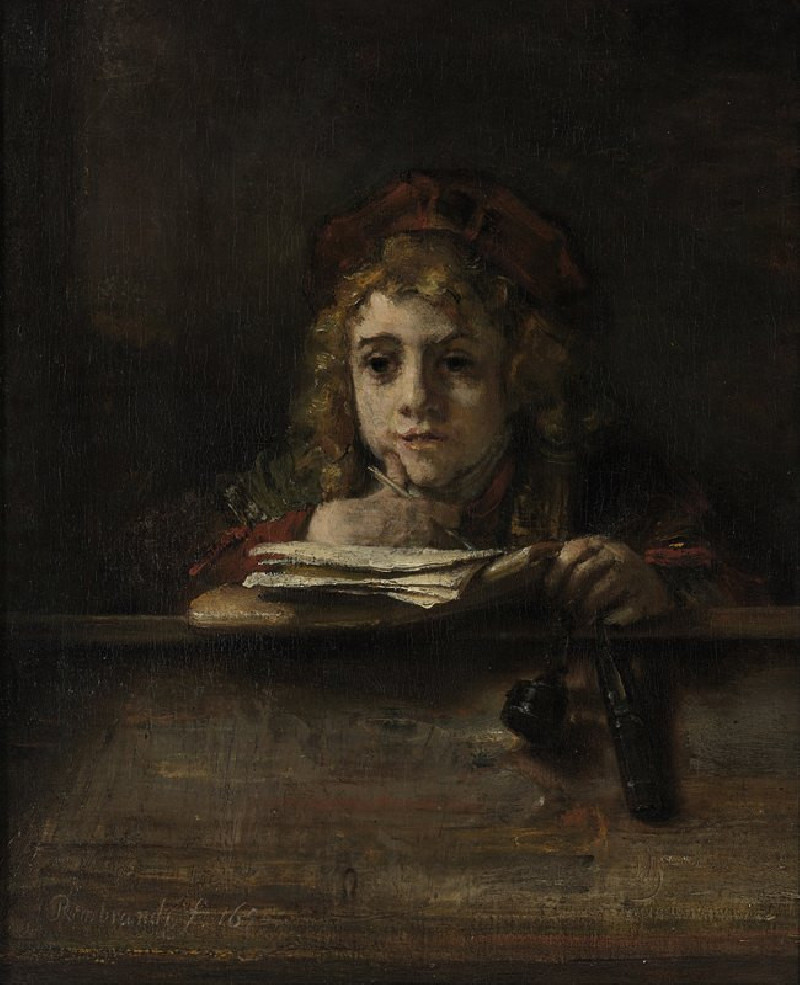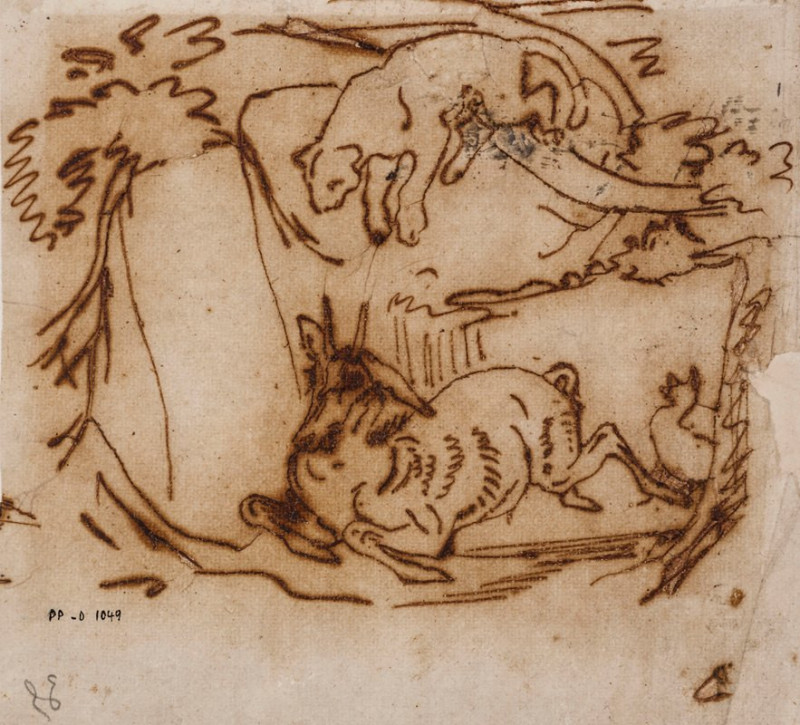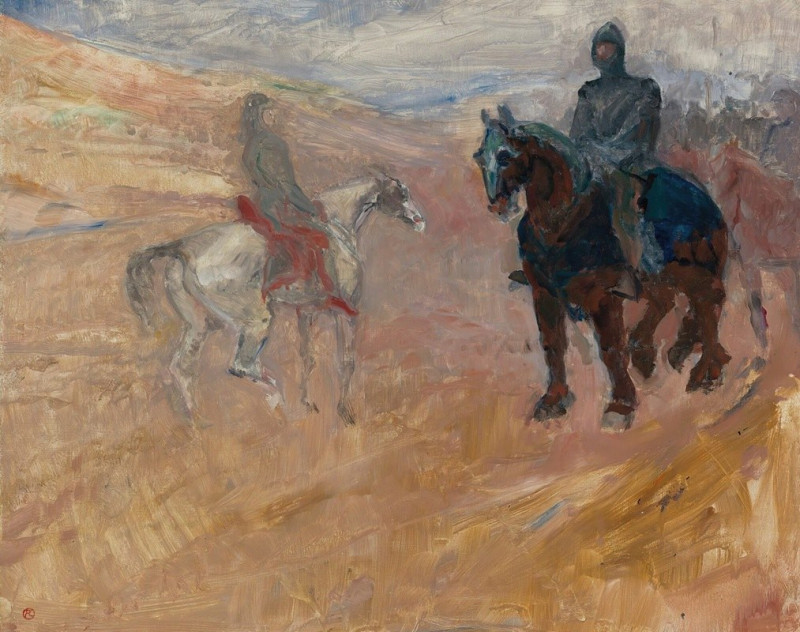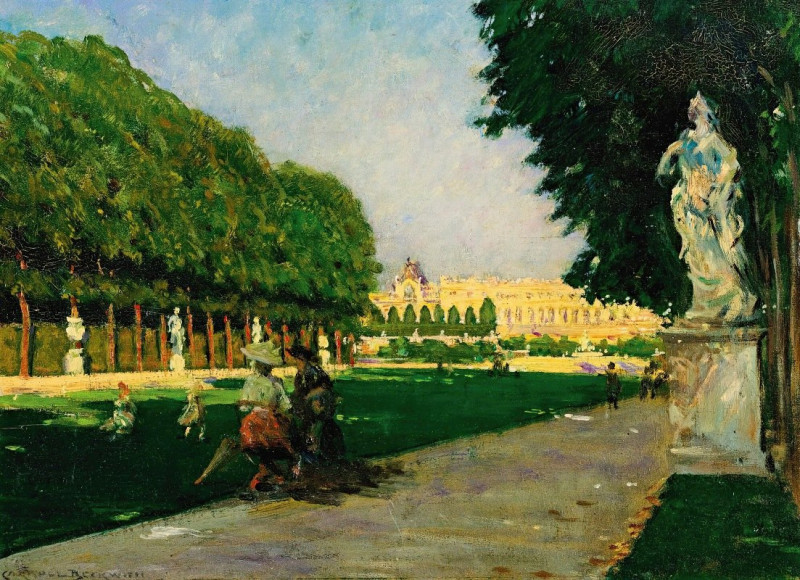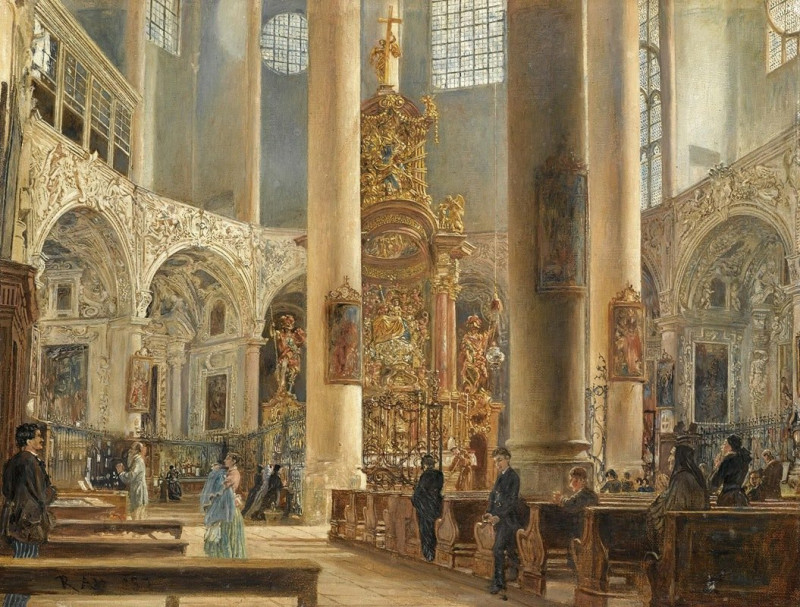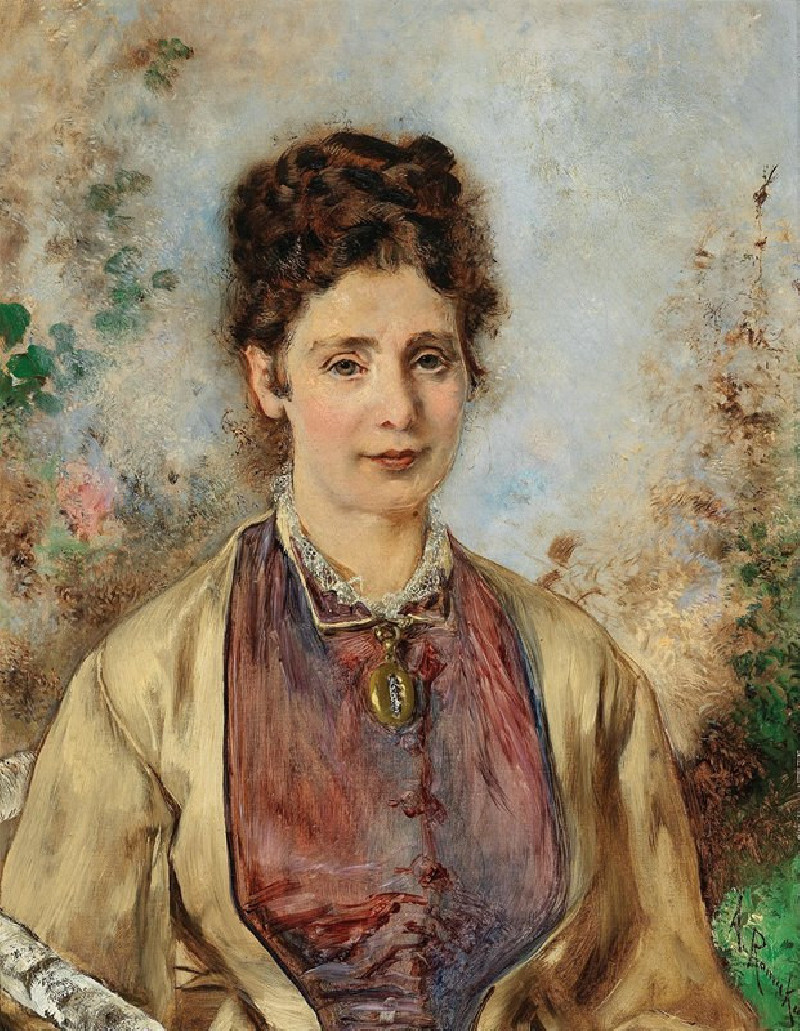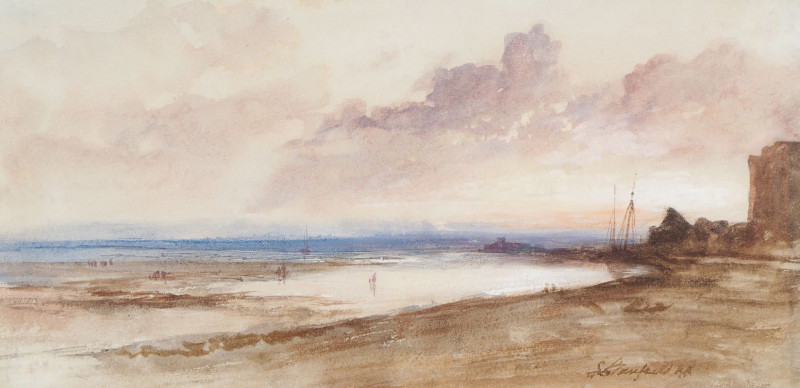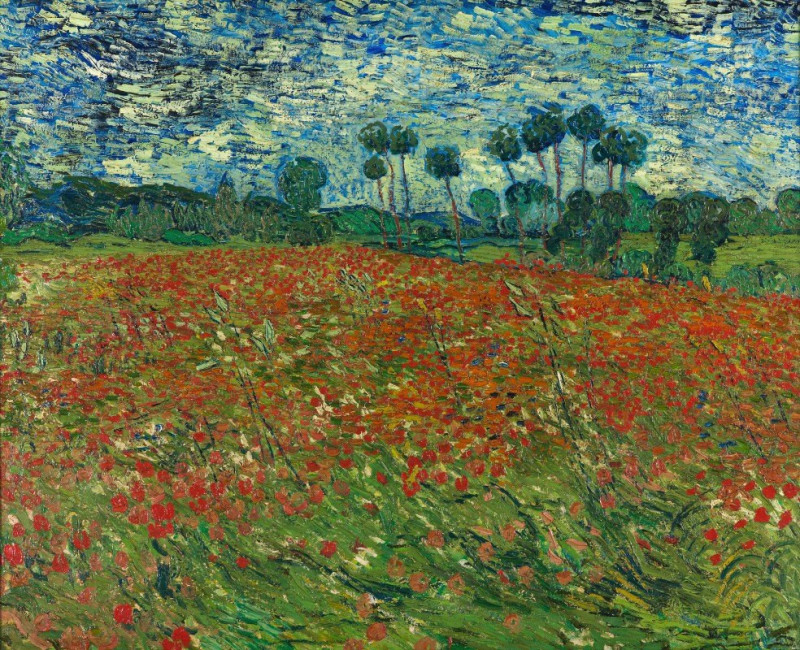Wehrlin, Facing front (1924)
Technique: Giclée quality print
Recommended by our customers
More about this artwork
Welcome to an exploration of Ernst Ludwig Kirchner's captivating print titled “Wehrlin, Facing front” created in 1924. This compelling piece is a fine example of Kirchner’s distinctive style, marked by the bold use of black and white contrasts and a stark, expressive line work that captures the viewer's attention.The subject of the print is a portrait, offering a front-facing view of an individual named Wehrlin. Kirchner employs a dramatic interplay of light and shadow to sculpt the face with intense emotional depth. The sharp angles and intense, almost cutting lines suggest a psychological complexity in the portrayed subject. The eyes peer directly at the viewer, creating a confrontational and penetrating gaze that engages and perhaps challenges the onlooker.The artwork's background is minimal yet dynamic, with elements that echo the angles and mood of the facial expression. This use of background amplifies the subject's presence, making it more potent and thought-provoking.Kirchner, a master of Expressionism, here uses the woodcut technique to great effect, emphasizing texture and the raw, visceral quality of the print medium, which serves to enhance the emotional expression of the portrait. This piece is not only a representation of Wehrlin but is also a powerful example of how art can evoke emotion and provoke intellectual engagement.“Wehrlin, Facing front” stands as a testament to Kirchner's skill in using graphic arts to explore and express the complexities of human emotion and psychology.
Delivery
Returns
Ernst Ludwig Kirchner (1880–1938) was one of the most important German Expressionist painters. He was a co-founder of Die Brücke, a group of German expressionist artists formed in Dresden in 1905. Die Brücke and Kirchner took inspiration from Vincent Van Gogh and Edvard Munch, as well as African and Oceanic art. They used woodblock printing as a medium to showcase their signature style: flat, unrealistic images with vivid colors. The recurring themes in Kirchner's artworks included exotic cultures, faraway landscapes, self-portraits, dancers and Berlin street life. His paintings and prints effectively portrayed non-European cultures despite the fact that he never traveled outside of Europe.

